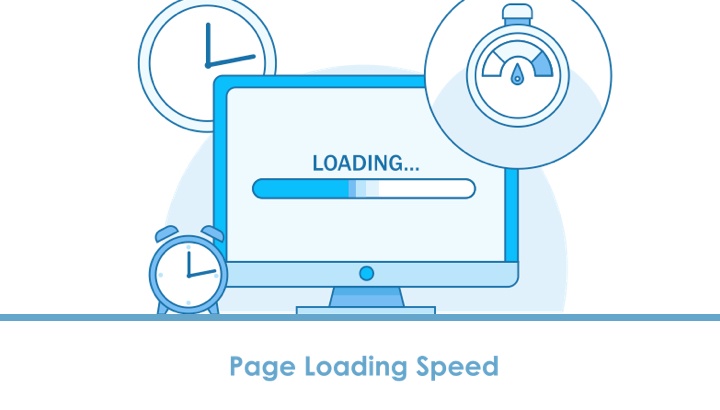
Google Page Experience Update Coming Soon
Both retailers and brands need to stay in the know about Google’s upcoming algorithm changes, set to take effect in May. They announced this update last summer and defined it as the Page Experience. But what does that mean, and what updates are underway for next month?
What is the Page Experience?
A few key areas fall under the Page Experience heading that can make a big difference when Google rolls out these updates. The new search signals—what Google is calling Core Vitals—all have to do with how fast your website presents its information to users.
Site loading speed is the time it takes for a page’s main content to load completely.
Your site’s Interactivity is the amount of time it takes from when a user first clicks on a link to the time when that action starts being processed by your website.
Visual stability refers to content being affected by movement. For instance, if you are reading an online article and the text moves on the page causing you to lose your place. Or you’re about to click a link to order something, and the link moves. That’s visual stability, and experiences like those are bad. Both of these examples would make a user’s experience negative.
This new update, currently schedule for mid-May 2021, combines these new Core Vitals with Google’s existing criteria for the complete page experience. If you don’t have a complete SEO strategy, make this a top priority today to prepare for this and future updates.

What Else Does Google Look At?
This is also a great time to reassess your site’s other attributes along with these new page speed-centric Core Vitals.
Mobile Friendliness – Google ranks sites higher when they offer mobile-friendly designs and when they are configured to be easily viewable on mobile devices.
Safe-browsing – this covers your site’s security. Google downgrades sites that have malware, harmful downloads, or deceptive pages.
HTTPS Security – Google looks at a website’s security and authenticity. HTTPS is the secure version of HTTP (Hypertext Transfer Protocol) that all websites use. When your site uses HTTPS, users know that your site’s connection is secure, and google ranks you higher.
Intrusive Interstitial Guidelines – Starting in 2017, web pages with intrusive interstitials (pop-up ads) lost ranking position on Google. And with this update, it’s still a practice to avoid.
How to Improve Your Site’s Page Experience & Ranking
This new Google ranking algorithm could lead to changes that help increase your organic search return ranking. The key is to create a positive user experience based on Google ranking criteria. Specifically, improving page load speeds when possible, practicing good structure and design throughout your site, optimizing for mobile users, and, of course, creating engaging content. Great content like targeted blog posts will always be important for page rankings and keep your site full of recent, relevant, and keyword-rich content.
Alt text (alternative text) can also be a hidden weapon for your page’s ranking score. This is the text used within html code that describes an image, and it has a few uses.
- It promotes web accessibility since visually impaired users who use a screen reader will know what images are displayed on a web page.
- If an image file can’t load, the alt text will be displayed in its place, so users don’t just see a broken image icon.
- And finally, alt text helps search engine crawlers (like Google!) by giving them more context about a page and its images.
Alt text descriptions should be specific to the image and can even include a keyword. Alt tags help your page’s organic search results quite a bit and are an important part of any SEO program.
Whether you’re a large brand, a smaller retailer, or somewhere in between, this Page Experience update should be on your radar—it’s definitely on ours! This update is a great opportunity to make sure your site is as effective as possible for your customers, site users, and Google.
